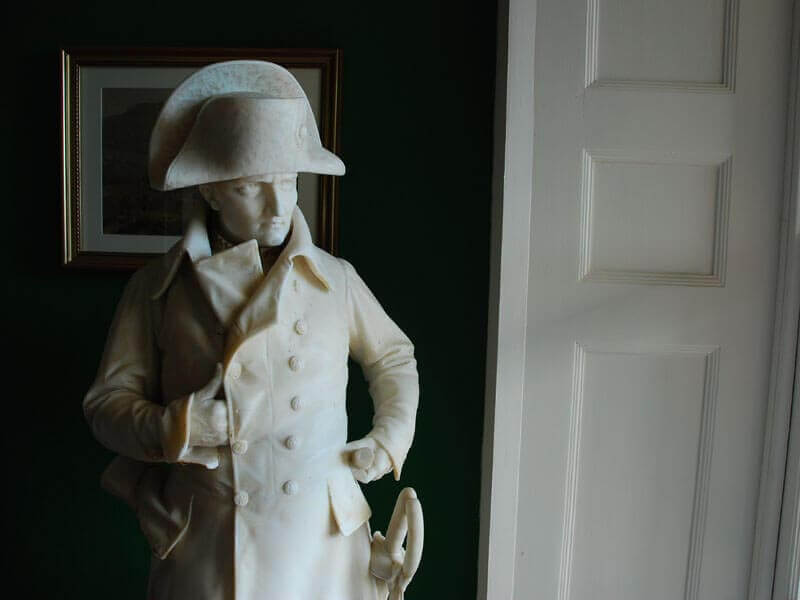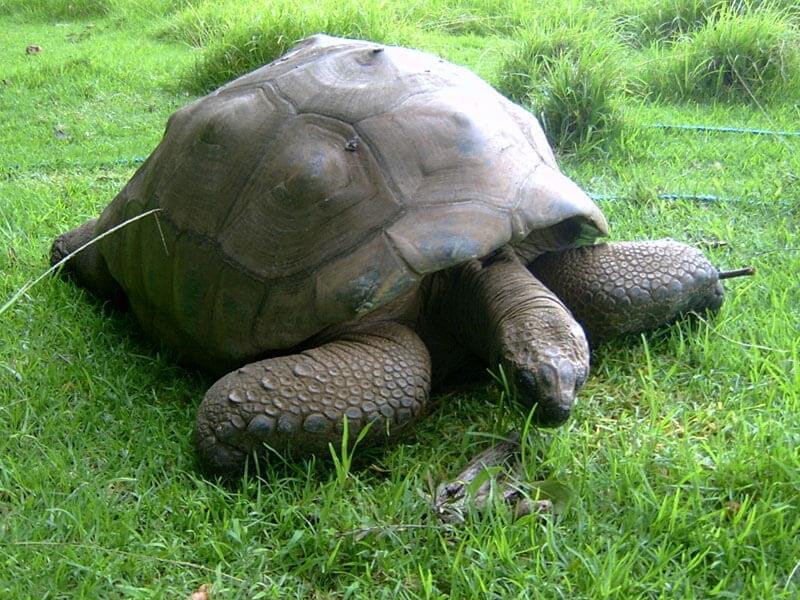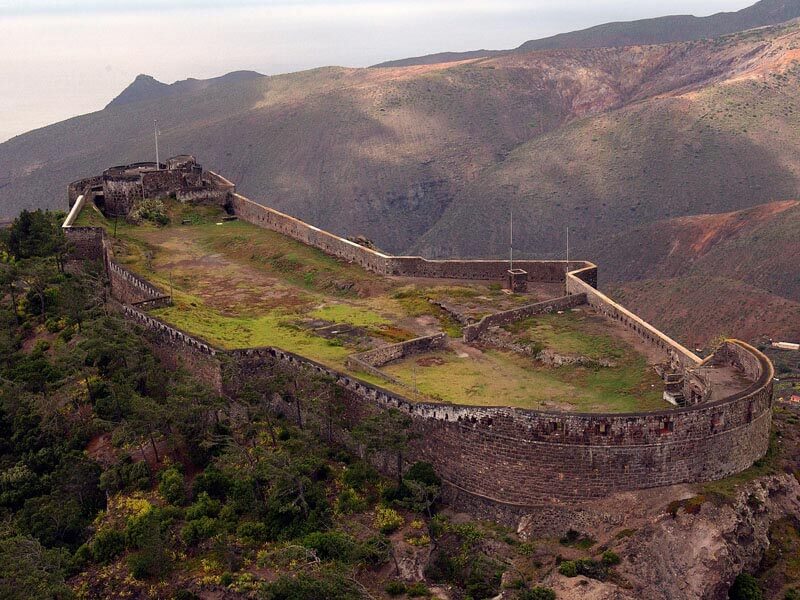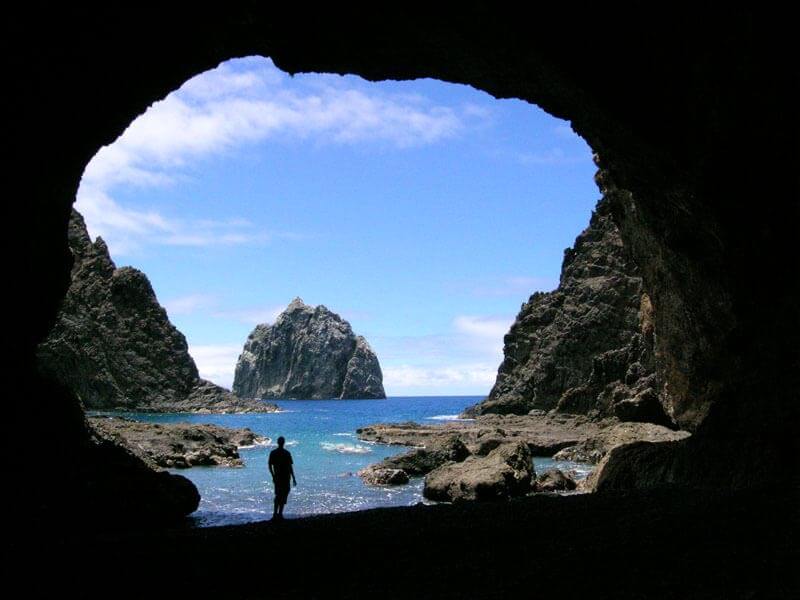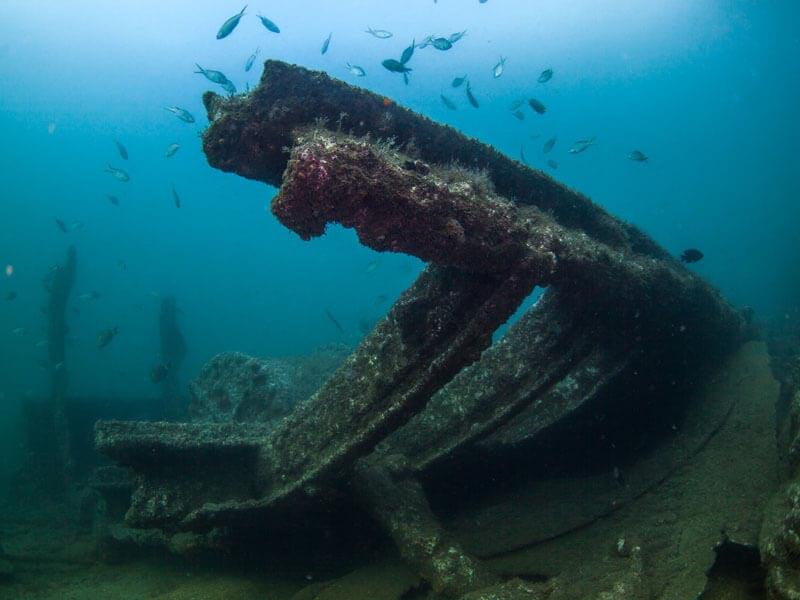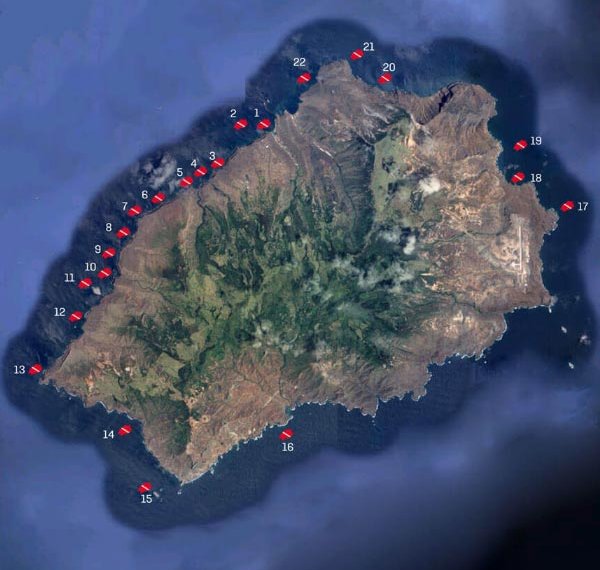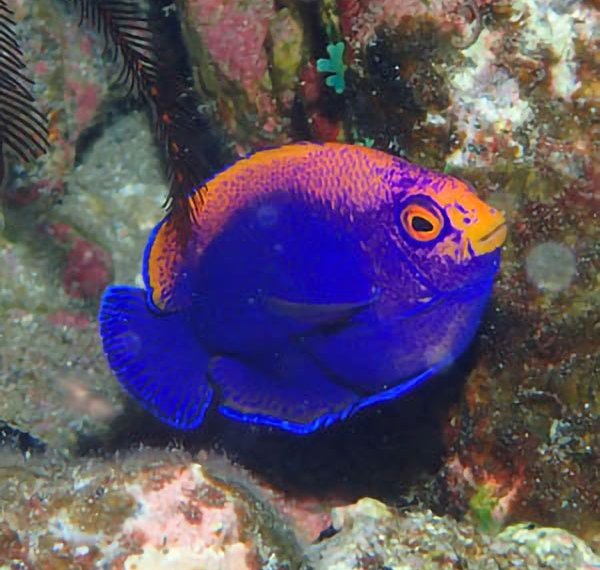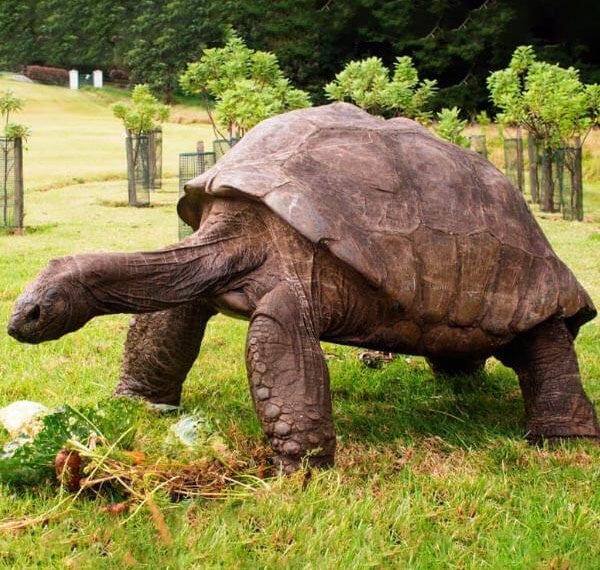
Clear blue water and a very agreeable sub-tropical climate make St Helena a year-round diving destination, home to a number of species only found in the waters of this tiny, isolated island – plus a seasonal visit by one of the most important whale shark aggregations in the world
St Helena is one of the world’s most remote inhabited islands, some 1,200 miles into the southern Atlantic Ocean from the African continent. Discovered by the Portuguese in 1502 and settled by the British in 1659, it once provided an important stopover for shipping on the trade routes from the east, but nowadays is trying to come to terms with life in the modern world.
More widely known as the home in exile of Napoleon Bonaparte, this British Overseas territory has much more to offer than a sliver of history. It is an idyllic sub-tropical paradise full of the most vibrant and diverse landscapes imaginable, all on a volcanic island less than 10 miles across.
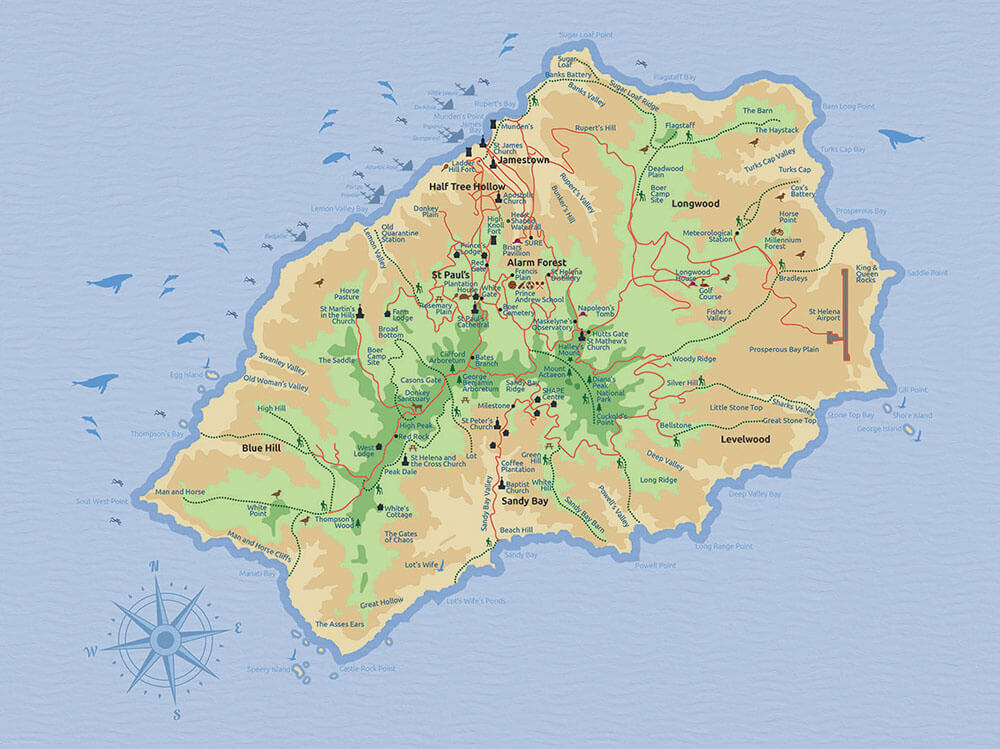
Needless to say, the unblemished waters of the island, where marine life has evolved in quiet isolation, offers some very special diving. Since scuba diving first arrived on the island in 1962 only a few hundred people have ever had the opportunity to explore these truly pristine sites.
The diving around St Helena is placid and beautiful. Although the island is swept by strong South Atlantic currents, much of the diving is in the sheltered lee of the island and can be enjoyed by recreational divers of all experience levels. The absence of mass tourism means the only other people in the ocean may be several thousand miles away, and there’s little chance of bumping into anything other than the splendid array of wildlife that the island’s waters have to offer.
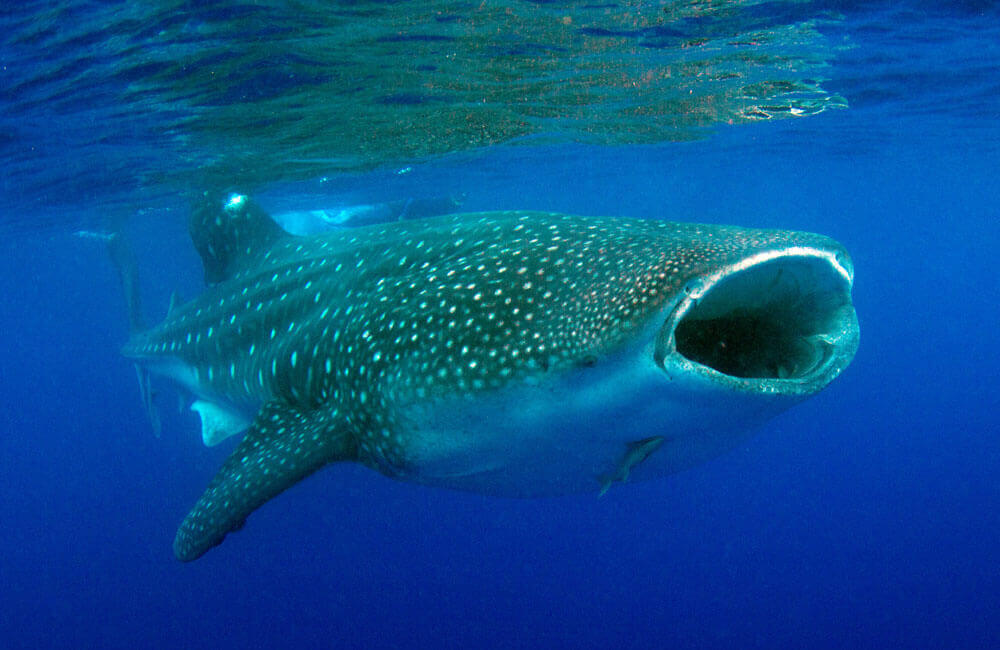
Prior to October 2017, the only route to St Helena was a five-day voyage from Cape Town, South Africa, aboard the RMS St Helena, a working Royal Mail Ship that ferried islanders, tourists and fresh supplies to and from the island every three weeks. The much-loved ship was phased out in early 2018, however South Africa Airlink now runs a weekly service on Saturdays from Johannesburg O.R. Tambo International Airport in South Africa. flight times are approximately 6 hours, with a refuelling stop in Walvis Bay, Namibia. An additional mid-week flight from Cape Town has been scheduled during the peak season between December and February. A full list of pricing and information can be found on South Africa Airlink’s website, or take a look at some of the itineraries available from dedicated dive travel specialists Dive Worldwide

NEED TO KNOW
Weather
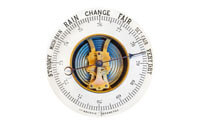
St Helena is a year-round destination with a sub-tropical temperate climate. Temperature remains warm for most of the year, ranging from 15 – 30ºC. For such a small island, the variation across locations can be quite dramatic; it can be hot and sunny in the capital of Jamestown, but much cooler and misty in the island’s elevated interior.
Visas

A short-term entry permit which allows the visitor to remain on the island for up to six months is issued upon arrival, for a fee of £20. Visas are not generally needed unless they might be otherwise required for visiting the UK. If in any doubt, please contact the St Helena immigration department directly.
Phones and Internet

Mobile phones were only introduced to the island in 2015 and although there is adequate coverage in Jamestown, it’s not perfect across the island. Wi-fi based Internet access is available through pre-paid vouchers which can be bought from shops, hotels, and some cafes. It costs £6.50 per hour and is fairly slow.
Money
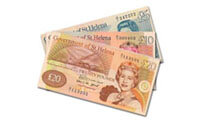
The St Helena Pound is equivalent to the UK Pound Sterling, and both are accepted on the island. Expect to receive St Helena Pounds in change if you make purchases in Sterling. There are no ATMs on the island and the only way to withdraw money is by visiting the local bank, which can be a lengthy process. Credit and debit cards are accepted at the hotels, but at few other places.
Language

The local patois – ‘Saint’ – can be very difficult to understand, but it is, in fact, a short-form version of English with a mixture of accents, evolved from the various cultures that have amalgamated on the island. All the Saints, however, speak fluent ‘proper’ English and will automatically adjust for visitors
Health and Safety

There is very little crime on the island and no reason to fear for either your safety or the security of your personal belongings. This is a place where front doors are left unlocked. A small, dedicated and friendly police force patrols the island.
Malaria, dengue and suchlike have no presence on the island, which is kept in a state of cleanliness rarely found anywhere in the world. Tap water is safe to drink and restaurant hygiene standards are excellent. There is a well-appointed hospital on St Helena which can look after most ailments, but serious medical emergencies may need a medevac to Cape Town.
Transport

Weekly, scheduled flights are available through South Africa’s Airlink and operate from Johannesburg or Tambo every Saturday morning. Flight time is approximately 6hrs with a refuelling stop in Walvis Bay, Namibia. Mid-week flights from Cape Town were also made available during the peak season between December and February. On the island, the easiest way to get around is by car. Excellent taxi services are available, and cars can be rented for around £15 per day. There is a scheduled – but infrequent – bus service between the various districts of the island.
Electricity

All outlets on the island are standard 3-pin, 220-240V British ‘type G’ plug sockets.


